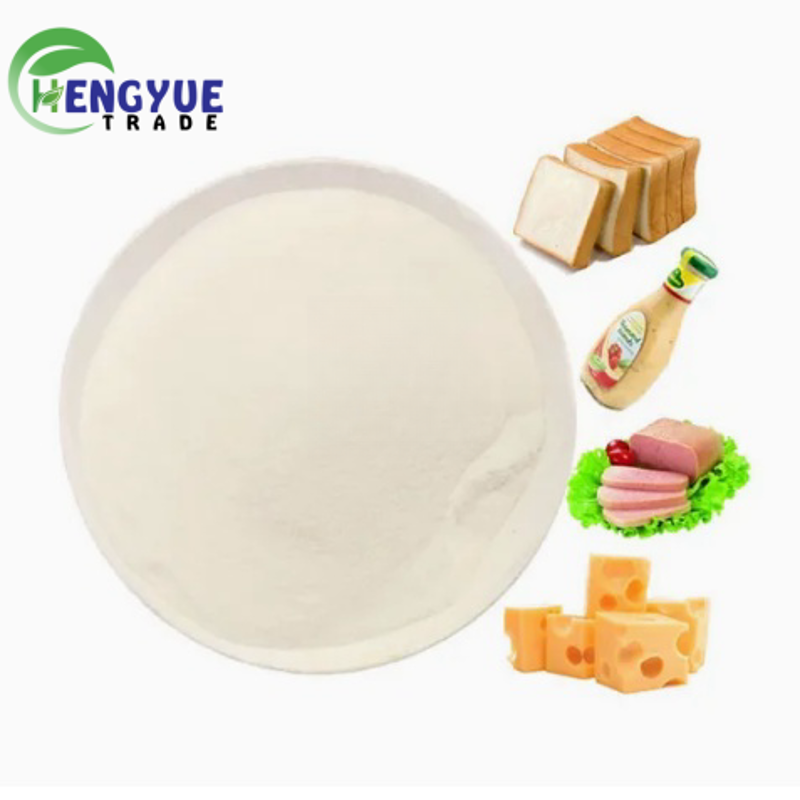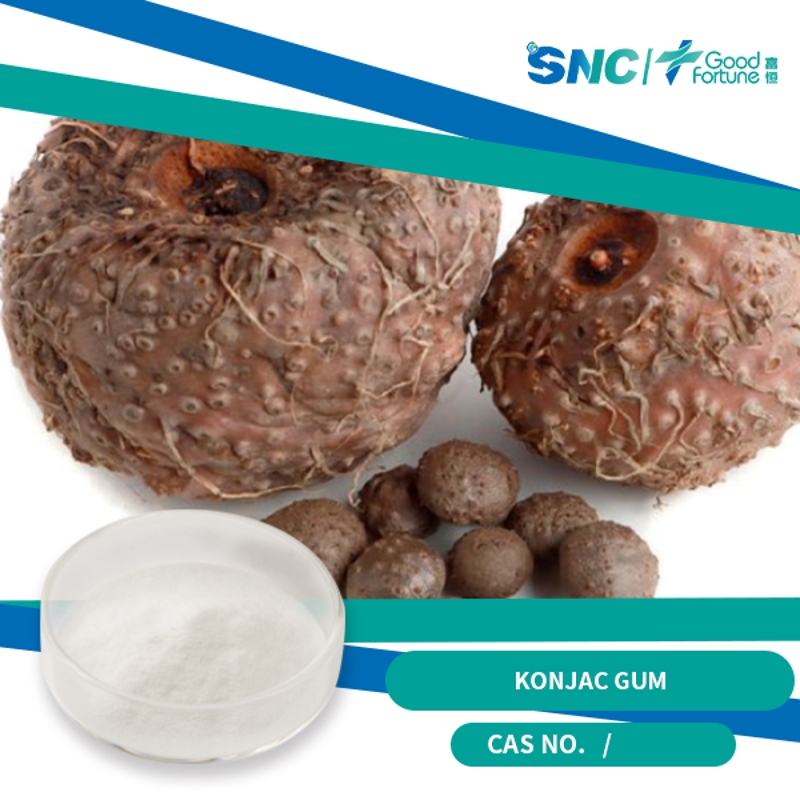-
Categories
-
Pharmaceutical Intermediates
-
Active Pharmaceutical Ingredients
-
Food Additives
- Industrial Coatings
- Agrochemicals
- Dyes and Pigments
- Surfactant
- Flavors and Fragrances
- Chemical Reagents
- Catalyst and Auxiliary
- Natural Products
- Inorganic Chemistry
-
Organic Chemistry
-
Biochemical Engineering
- Analytical Chemistry
-
Cosmetic Ingredient
- Water Treatment Chemical
-
Pharmaceutical Intermediates
Promotion
ECHEMI Mall
Wholesale
Weekly Price
Exhibition
News
-
Trade Service
original title: There is a coconut tree, not long coconut can produce "rice", feed millions of people!in our daily life, the most often seen is the street side of the trees, not only have a beautiful role, but also can purify the air, absorb the car exhaust emissions of carbon dioxide. What we're going to say today is a very special tree, the West Valley Coconut Tree, which doesn't grow coconuts and can produce "rice". Isn't that amazing?coconut trees in the West Valley are mainly distributed in South Asia and, compared to other trees, have a short life span of up to 20 years, flowering only once in a lifetime and dying after a few months of flowering. Because it produces "rice", it is also called "rice tree", but the rice produced is not the rice we eat regularly in our daily life.rice tree bark is all starch, but after flowering, starch will disappear, so people will be before flowering starch, that is, cut down the tree, the starch scraped out, the local people will be this as their main grain, but can not be directly used, the specific method of making starch water clean, and then processed into a grain of rice, this rice is called "West Valley rice."the taste of the West Valley rice is very q-bomb, translucent, like a pearl, the locals will use it to make a variety of desserts. In addition, rice trees have a lot of value, such as his young leaves can be eaten, trunks can also be used as building materials, it can be said that rice trees have been deep into the lives of the local people, simply can not be separated from.the West Valley coconut tree does not produce coconuts, but the rice produced benefits the locals. Can you see from the picture that these fine rice do not look like pearls in pearl milk tea? In fact, pearl milk tea in the raw materials of pearls are also containing West Valley rice. Most of the simi on the market today is made from starch from beans and potatoes, and the most authentic simi from the West Valley coconut tree.abroad, West Grain rice will not be used as the main food, but will be made into pudding or sauce thickener, and because West Grain rice is not afraid of moths, so can also be used in the textile industry, can be said to be many uses. Don't know if the little friends have eaten West Valley rice? Guests are welcome to leave a message in the comments section.
. Responsible editor:
.







